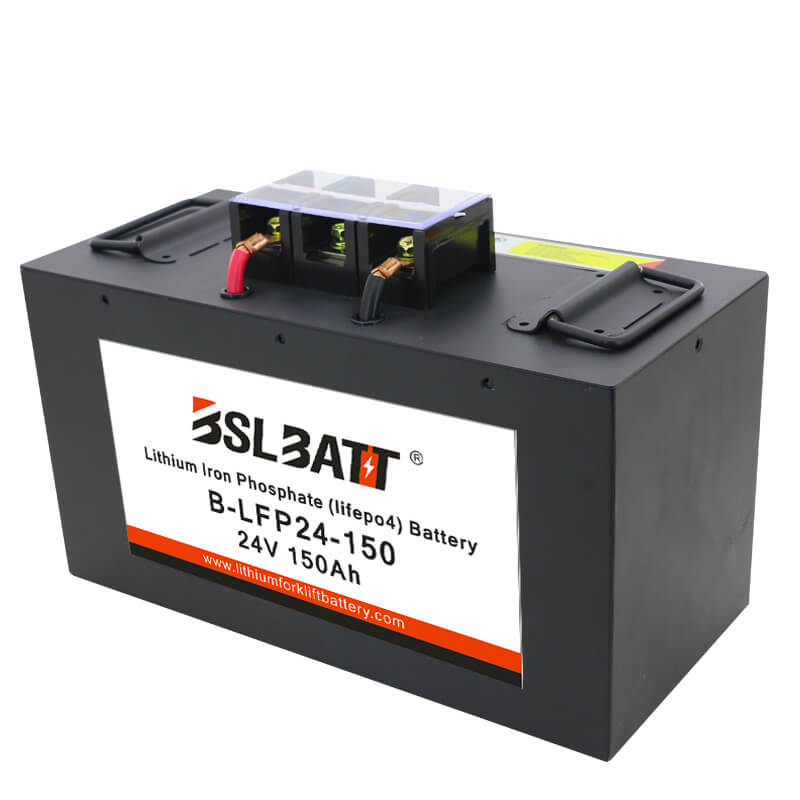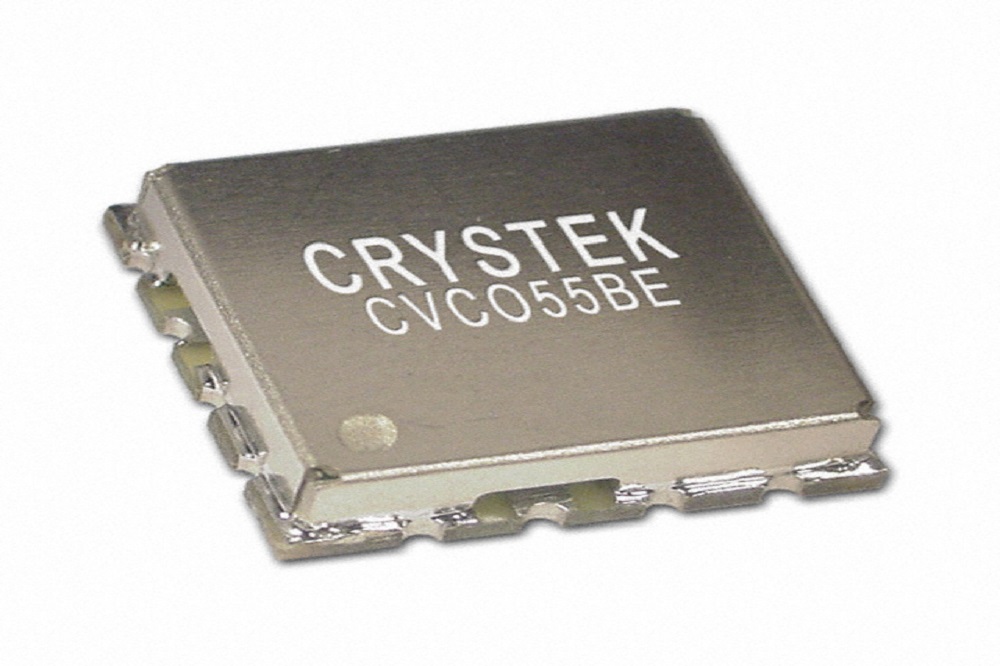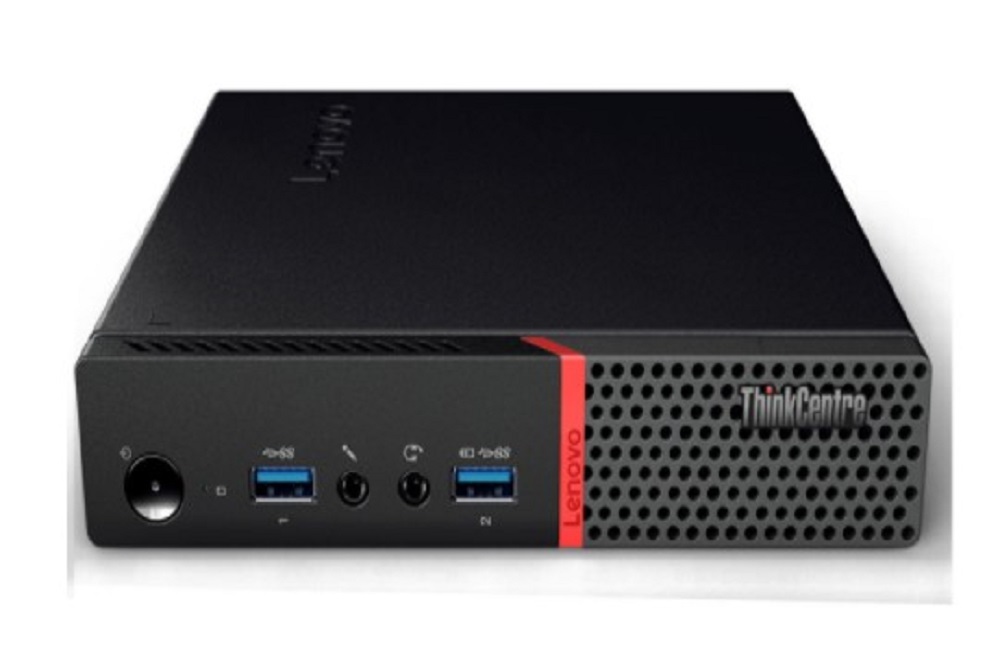Check the watering systems: These systems tend to get clogged during use. They are also usually in the elevator and are not pulled out very often, causing them to clog. This is often not controlled, the blockage is not discovered and the cell burns and dries out. This costs $400 to $600 for a cell change, and this is a common problem that can be avoided.
Clean the top of the batteries of corrosion and acid: A dirty battery causes many problems. If you put a voltmeter on it, the LiFePO4 battery will slowly discharge. When you charge a battery, it will slowly discharge over time. Corrosion builds up and damages the cables, resulting in poor battery performance. Cables can be expensive at $70 to $100 each if you have a lot of batteries and degrade battery performance. This can be avoided by simply taking some time to clean the top of the batteries.
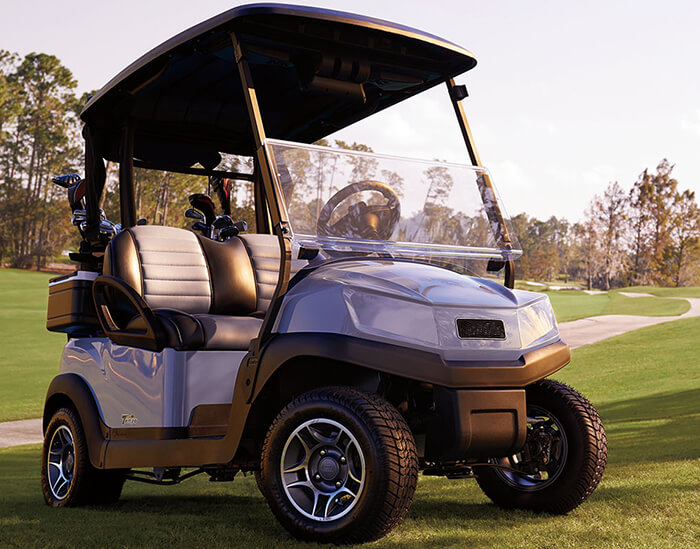
Stay up to date on poorly performing batteries: Many companies are not faced with the problem of batteries. Poor-performing batteries can pull heavy loads on the forklift’s electrical components, which can cost thousands of dollars. Damage occurs when the battery is discharged and still used. It can be said that a battery will not work properly if it does not hold a full turn. Many batteries only work for 1 or 2 hours and drivers don’t know which are good or bad. You just carried them and the batteries run out very quickly.
Low-efficiency LiFePO4 batteries for material handling industry can spend thousands a month replacing electrical components in forklifts. The main cause is poor battery performance. These batteries can be identified, maximized and these costs saved. If the lifts fail, there is less productivity, fewer moving products, more battery changes and unnecessary costs for replacing components and labor.
Use filtered water in the batteries: If you are in so many facilities and see things firsthand, I can tell you without hesitation that using tap water in batteries will cause you unnecessary problems and costs. Batteries that use tap water are much worse than everyone else. Minerals in the water collect on the plates and cause heat. Heat causes premature battery failure. My guess is that it reduces LiFePO4 battery life by 50%. Even if the battery is covered by the warranty, you must ship it and wait for it to come back and bear the cost. This can be avoided by using filtered water.
Use a water de-ionizer: An economical and effective solution to the problem of using filtered water. You can connect it to your waterline, it’s cheap, and you get the benefits of filtered water. It is easy to use. You don’t have to mess with bottles of filtered water. An automatic water gun can be used and the battery fills in seconds instead of minutes or more or less to pour filtered water from a bottle. This is probably the main deterrent when using filtered water. This makes filling easy and painless and removes the minerals that contaminate the batteries and cause costs and lost productivity.
Do not allow opportunities charging: Do not allow charging during 15-minute breaks and lunch breaks. The LiFePO4 batteries reduce 80% and are therefore fully charged. If you can charge, the battery life will be significantly reduced. I think the reason this process starts is when the batteries are malfunctioning, the drivers know this and are trying to get a little more charge during the breaks. Charging options accelerate the deterioration in battery performance. By identifying the batteries with the lowest power, you can avoid this problem. This can reduce battery charge in a year or two. In addition, unnecessary charging costs electricity, labor costs and lost productivity when a battery needs to be charged.
Do not balance batteries more than once a month: The balance generates enormous heat, especially if a battery is a bit older. Heat kills batteries. The advantage is lost. The balance can give a temporary boost, but the battery will discharge faster. Temporary boosting up has higher costs for shorter battery life and higher operating and maintenance costs.
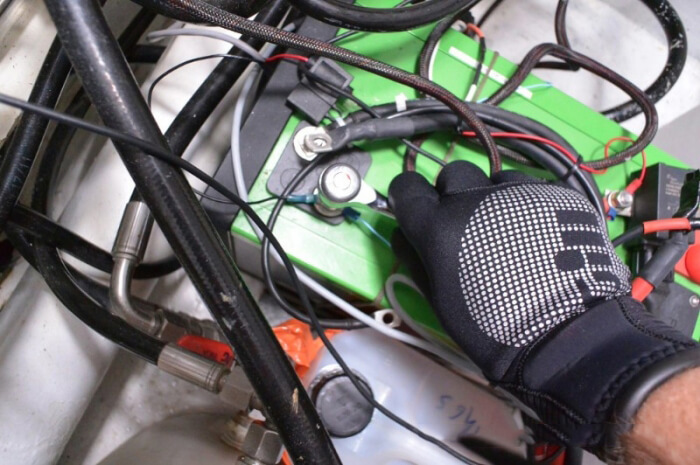
After charging, cool down the batteries: If the batteries are charged and then used immediately, they will heat up much longer. Companies that make the most of their batteries can cool off a few hours after charging. If you have batteries in poor conditions, you can restore them at https://www.lithiumforkliftbattery.com.
Perform a quick inspection of cable and connections: This can easily be overlooked. At first glance, everything may look good, but on closer inspection, corrosion can be identified, which prevents electricity from passing through. Shake the cables and make sure the connections are tight. Defective cables affect battery performance. If the current does not flow efficiently, the battery will not be fully discharged or charged. You may think your battery is damaged, but in reality, it cannot be fully charged because the cables are in poor condition. Check them for corrosion.
Summary
LiFePO4 batteries last much longer. A typical warranty is 5 years, but with a battery, you can productively raise 7 or 8 years. If you don’t, a battery can only be productive for a year or two, making it inoperable in the past few years with time, labor, and unnecessary costs. This leads to the consequences of an increased load, a loss of productivity and unnecessary electricity and personnel costs to keep them running.
